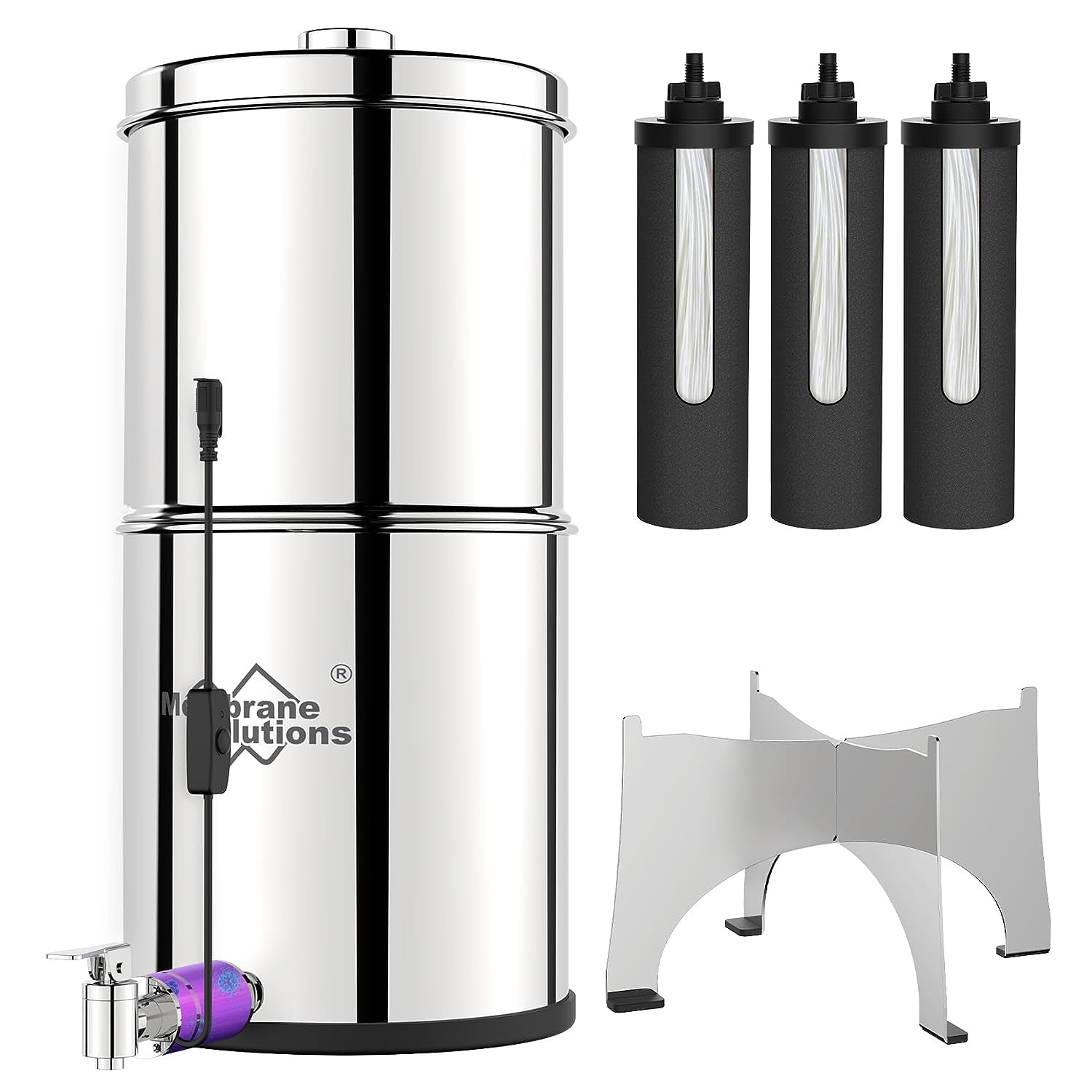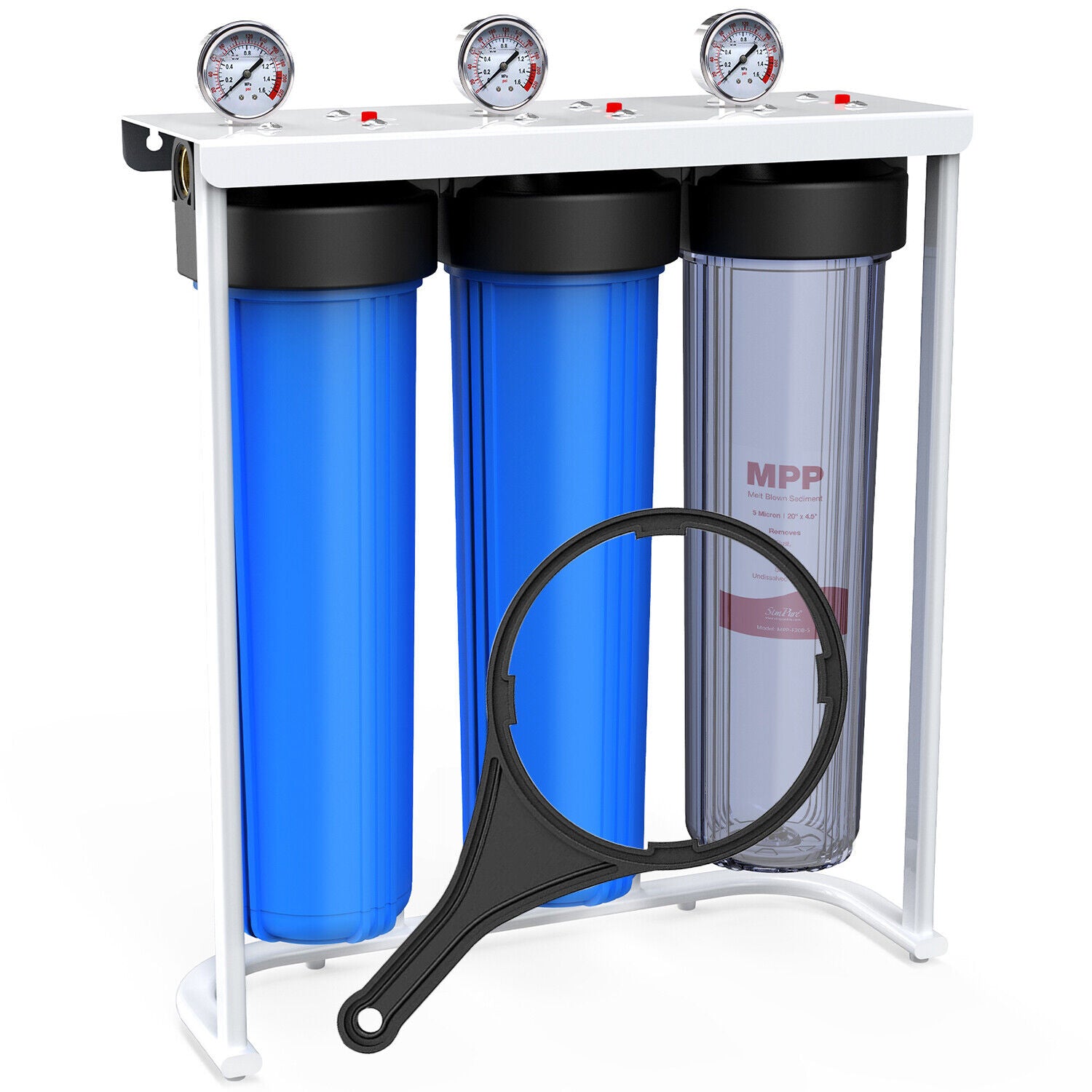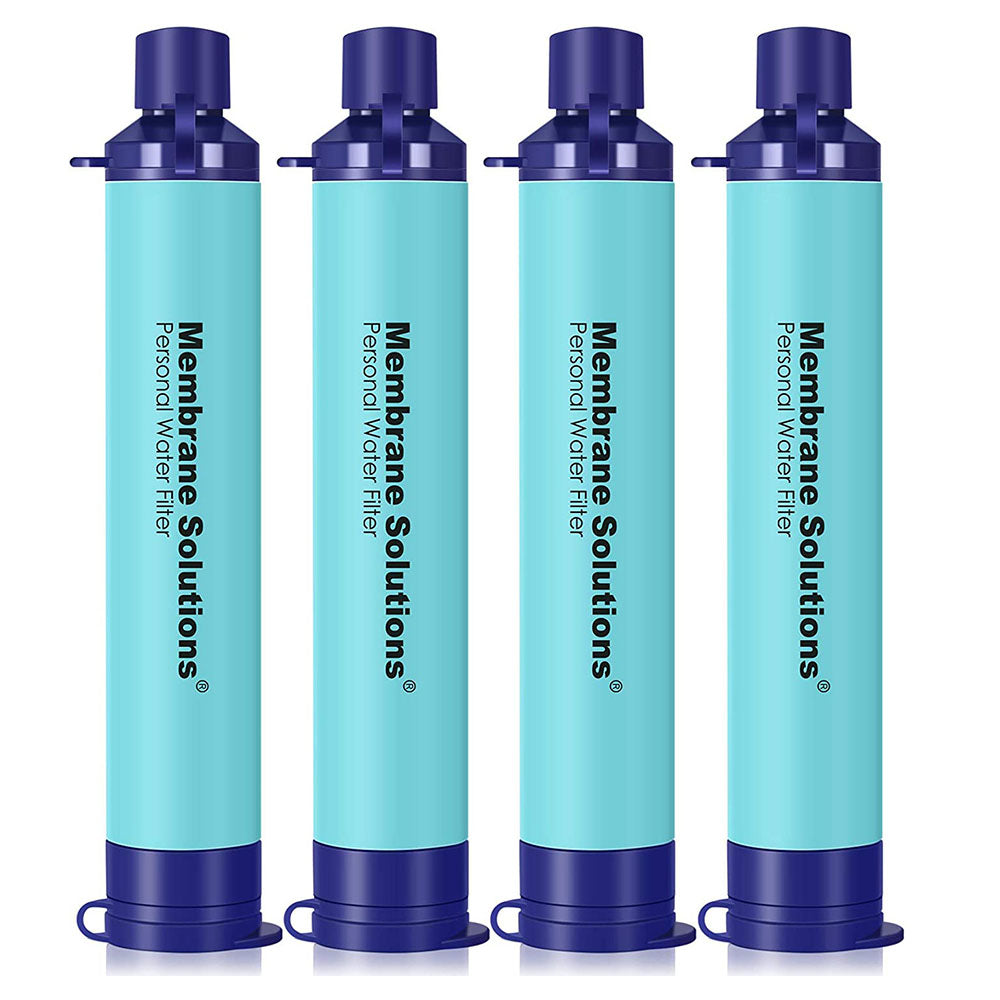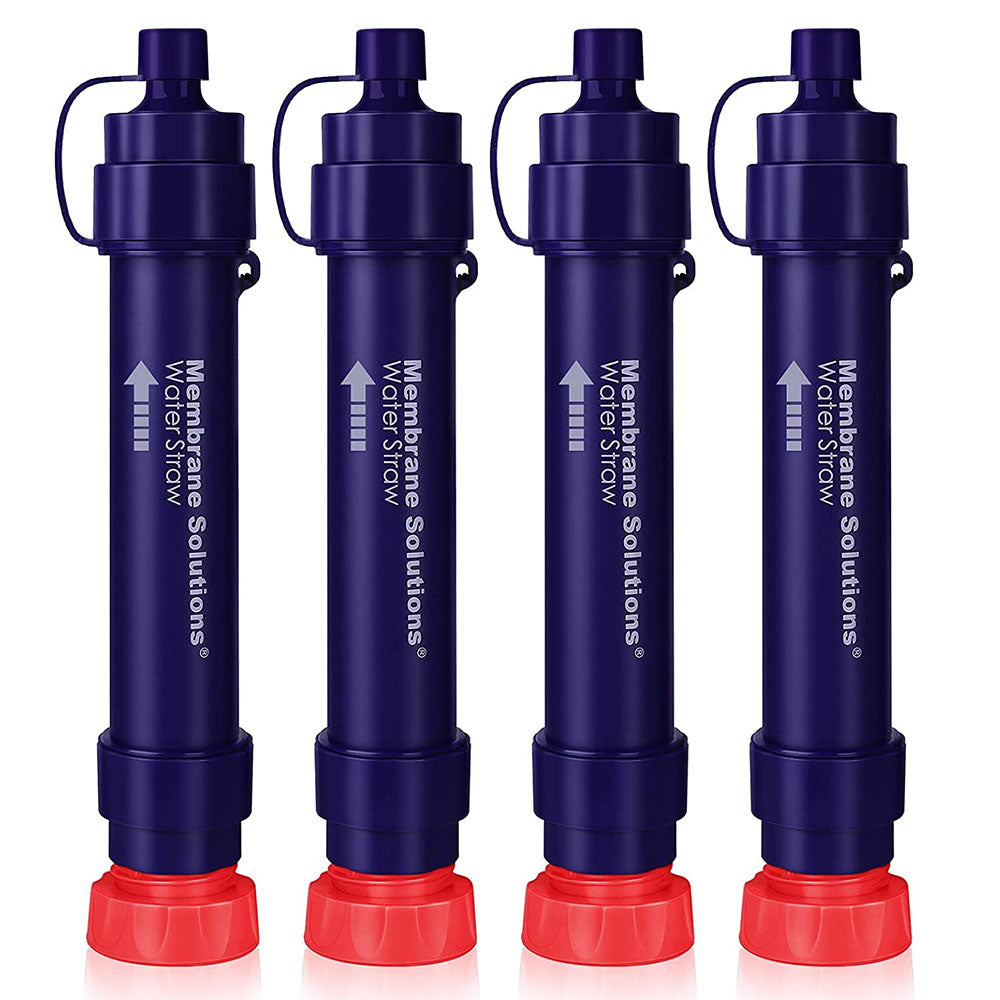Water is an indispensable and omnipresent substance in our lives. While most of us have encountered, touched, and consumed water, the depth of our knowledge about this essential liquid might surprise you. In this blog post, let's dive into 10 captivating facts about water that will leave you amazed.
1. Water is the most common substance.
Water's ubiquity stems from its foundational role in sustaining life on Earth. Covering 75% of the planet's surface, oceans create the iconic blue appearance from space. Within living organisms, water predominates, constituting over two-thirds of the human body and 75% of the brain. Common foods, like cucumbers and jellyfish, are composed of up to 95% water. Its prevalence extends beyond Earth, with subsurface oceans found on moons like Europa and Enceladus. The remarkable abundance and versatility of water underscore its essential nature, influencing Earth's landscape, ecosystems, and the very fabric of biological existence.
2. In reality, Earth doesn't have that abundance of water.
Contrary to the perception of Earth's abundant water, celestial bodies like Pluto, distant at 5.9 billion kilometers, may conceal vast liquid oceans beneath their icy surfaces, potentially fueled by internal radioactive decay. Moons like Titan, with a mere 500-kilometer diameter, may harbor subsurface oceans around 10 kilometers deep, fostering hopes for extraterrestrial life. Similarly, Jupiter's moon Europa and Saturn's moon Enceladus boast subsurface oceans reaching depths of 100,000 meters, exceeding the Mariana Trench tenfold. These celestial examples challenge the notion that Earth possesses an unparalleled abundance of water, unveiling the dynamic and varied water landscapes across the cosmos.
3. Water formed from collisions and volcanic activity.
The origin of Earth's water is a complex interplay of celestial events. One hypothesis suggests that water-rich celestial bodies, such as asteroids or comets, collided with Earth, bringing significant water content. Another theory posits that water emerged during the planet's formation, released through volcanic activity. This process involved the expulsion of water vapor into the atmosphere, subsequently condensing and falling as precipitation. Additionally, solar winds may have contributed by delivering particles, including hydrogen, oxygen, and carbon nuclei, forming water through subsequent reactions. These intricate processes over billions of years have resulted in Earth's vast and diverse water resources.
4. Water may be as a potential cause of conflict.
The scarcity and uneven distribution of water make it a potential catalyst for conflict. Throughout history, documented conflicts related to water, be it disputes over river rights or control of water resources, have numbered 265 in the past 5000 years. As global water resources diminish, projections indicate that over half the world may face water scarcity by 2050. Some historians even speculate that the next world war could arise from a shortage of water resources. This underscores the critical importance of sustainable water management to mitigate tensions and foster international cooperation in the face of increasing water scarcity.
5. The water you drink is quite ancient.
The water you drink has an ancient lineage, existing far longer than your present moment. Earth's water is part of a closed system, circulating for billions of years. While its total volume remains constant, individual water molecules have traversed diverse environments. Whether flowing in rivers, resting in glaciers, or forming clouds, water molecules have cycled through the planet's dynamic processes. This journey means that the water you consume today may have once been part of an ancient ocean, a distant rainstorm, or even within a prehistoric creature. Each sip connects you to the profound and ageless history of Earth's water.
6. The act of using the toilet consumes a considerable amount of water.
Flushing toilets, a daily necessity, significantly contributes to water consumption. On a global scale, if everyone reduced one toilet flush daily, it could save enough water to fill a lake approximately 2 kilometers long, 2 kilometers wide, and nearly 20 meters deep in a year. While essential for sanitation, the sheer volume of water utilized in toilets prompts conservation suggestions, such as using greywater from washing or cooking to flush. The balance between meeting sanitation needs and minimizing water usage is crucial, especially as water scarcity becomes a growing concern worldwide, emphasizing the importance of mindful water management practices.
7. Thirst indicates that the body is already significantly dehydrated.
Thirst serves as a late-stage signal of significant dehydration within the body. By the time the sensation of thirst emerges, the individual is already in a state of considerable water deficiency. Thirst is a biological response to fluid imbalance, urging the intake of water to restore hydration levels. Sufficient water consumption not only quenches thirst but also maintains fluid balance, supports organ function, aids weight management, facilitates kidney operation, and promotes youthful skin. It emphasizes the vital role of preemptive hydration in preventing the adverse effects of prolonged dehydration on various physiological functions.
8. Drinking too much water can lead to fatal consequences.
Excessive water consumption can result in a condition known as water intoxication or hyponatremia, leading to potentially fatal consequences. While maintaining proper hydration is crucial, overconsumption disrupts the body's electrolyte balance. This imbalance, more common in infants or athletes, may manifest as headaches, confusion, rapid breathing, and, in severe cases, death. Despite health recommendations encouraging adequate water intake, it's crucial to strike a balance. The cautionary note highlights the importance of moderation, as excessive water intake can have detrimental effects on the body's physiological equilibrium, emphasizing the need for informed and balanced hydration practices.
9. The water cycle undergoes dynamic fluctuations and undulations.
The water cycle experiences dynamic fluctuations and undulations. Water molecules continually transition between phases—evaporating into the atmosphere, forming clouds, precipitating as rain or snow, flowing through rivers, and re-entering the soil. Each water molecule follows a diverse journey, spending varying durations in oceans, ice, lakes, and the atmosphere. Over a 100-year scale, a water molecule may linger 98 years in the ocean, 20 months in ice, 2 weeks in freshwater bodies, and less than a week in the atmosphere. These undulating processes showcase the intricate and ever-changing nature of the water cycle on our planet.
10. Water exists in various states.
Water, a remarkable substance, exhibits diverse states, surpassing the conventional solid, liquid, and gas forms. Beyond these, there are 14 different structures of ice alone. When frozen, water can become highly viscous or transform into a non-crystalline state, known as an amorphous solid. Scientists believe there may be undiscovered forms of water. This complexity extends the understanding of water's behavior, challenging conventional perceptions. The varied states of water contribute to its versatility, influencing Earth's climate, ecosystems, and the potential for yet-to-be-explored phenomena in the vast realm of water science.
10 Interesting Questions About Water
Little Known Facts About Water
1. Does Water Have an Expiration Date?
2. What Happens if You Drink Too Much Water?
3. What Does Water Do for the Body?
4. Can Dogs Drink Alkaline Water?
5. Why Does Stomach Hurt After Drinking Water?
6. Why Does Water Taste Better at Night?
8. Does Water Have Sugar in It?
In conclusion, exploring the diverse facets of water reveals its celestial origins, global significance, and intriguing properties. From potential causes of conflict to the dynamic water cycle and multiple states, water's complexity is awe-inspiring. Amid these revelations, the importance of water quality emerges. To ensure a safe and healthy water supply, consider installing a water filter. Filtering enhances water quality, addressing contaminants and contributing to overall well-being.














